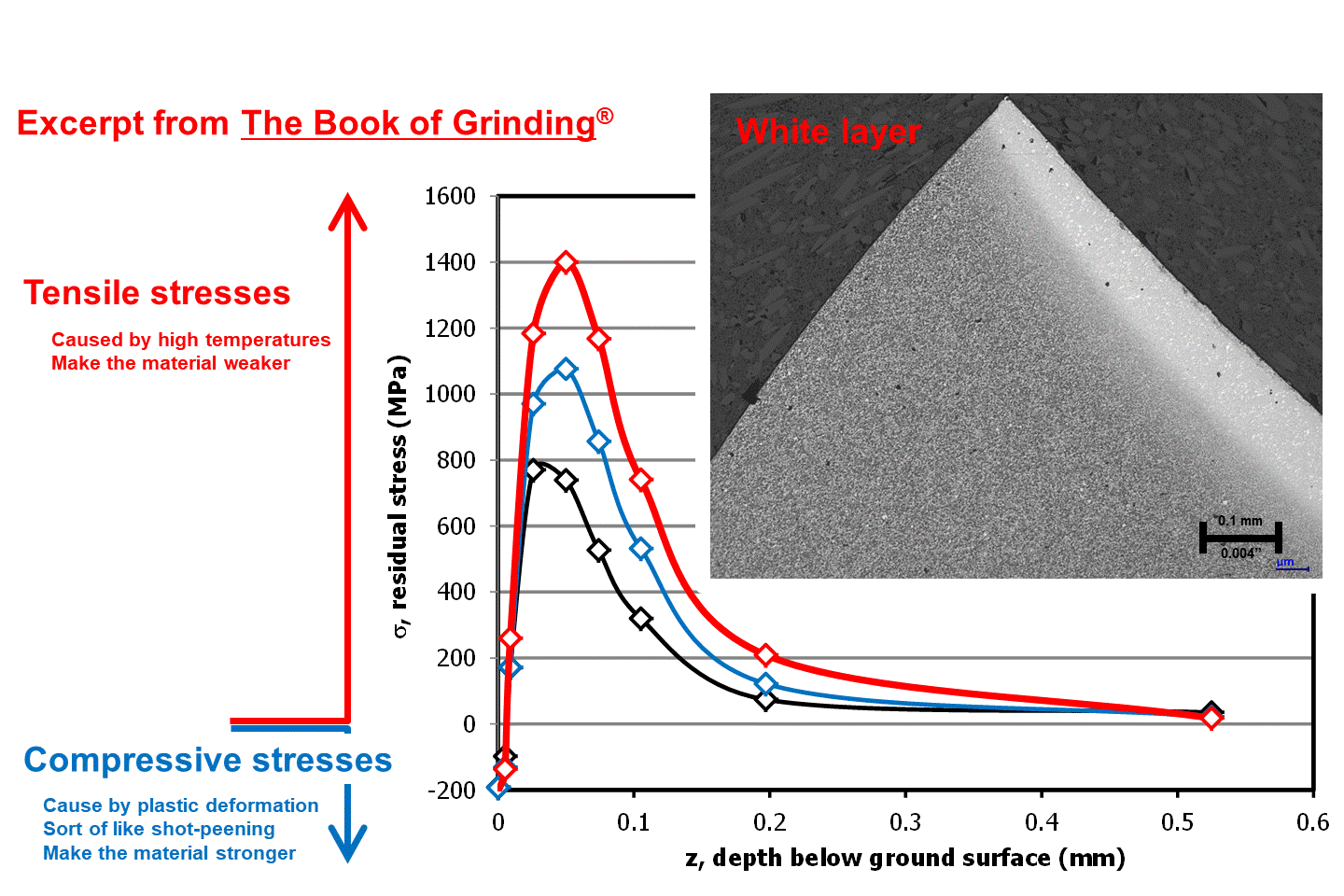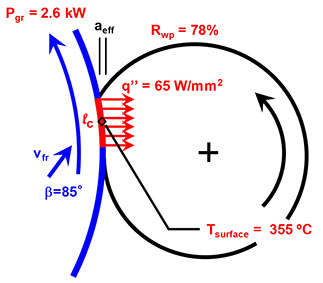Off-site Evaluation
Many grinding operations can be evaluated off-site, without the need for a company visit. Dr. Badger works with companies in troubleshooting grinding problems and evaluating research programs.
Typical situations that are good candidates for Off-Site Evaluation:
- Thermal damage and “grinding burn”
- Evaluation of research programs
- Chatter
- Roundness & surface finish
- Longer-than-expected cycle times
Procedure:
- Discuss details of grinding operation with Dr. Badger to determine if it is a good candidate for Off-Site Evaluation.
- Company sends detailed information on the grinding process: drawings, specifications, grinding and dressing speeds & feeds, photos, videos.
- Dr. Badger examines information; requests any additional information.
- Dr. Badger discuss situation with the company via conference call or Skype.
Evaluation of research programs and academic collaborations
Many grinding research programs yield disappointing results and are of little practical benefit, particularly to industry. In addition, some experimental programs are forced to go through several iterations of testing before arriving at a set of parameters that yield useful results. Some common reasons are:
- the experimental procedure is poorly designed;
- the grinding parameters used in the experiments are not well chosen;
- the project suffers from unrealistic expectations;
- the project is organized to achieve an esoteric academic goal rather than a practical need for the industrial partner;
- the interpretation of the experimental data is poor.
Dr. Badger has working on numerous grinding research projects. Often, a short evaluation before the project is launched is well worth the investment in determining whether a project might yield fruitful results or whether the chosen experimental set-up is practical.
Cost and time frame of Off-Site Evaluation
Cost: In most cases $US 2850.
Time: In most cases, one week.
Contact The Grinding Doc to see if your situation is a good fit for Off-Site Evaluation.

Excerpts from The Book of Grinding®. Residual tensile stresses and rehardening phase transformation (inset) – i.e., “grinding burn” – are caused by high grinding temperatures. These can lead to low fatigue lives and even immediate cracking of the workpiece. Reduction of these temperatures is usually a straightforward process of choosing the correct grinding and dressing parameters and the correct grinding wheel.

Dr. Badger often uses a well-established thermal model for predicating grinding temperatures. In many causes, evaluation of grinding burn, along with the steps to eliminate it, can be done off-site, quickly and at low cost.

High Intensity Grinding Course
Zurich, Switzerland
12-14 November 2024
CIRP General Assembly
Thessaloniki, Greece
18-24 August 2024
High Intensity Grinding Course
Dayton, Ohio USA
2-4 April 2024
High Intensity Grinding Course
Columbia, South Carolina USA
10-12 December 2024
High Intensity Grinding Course
Gothenburg, Sweden
15-17 April 2024
High Intensity Grinding Course
Chicago, Illinois
3-5 December 2024
Monster Cycle Optimizer
New product launch
April 2024
Founded 2004



